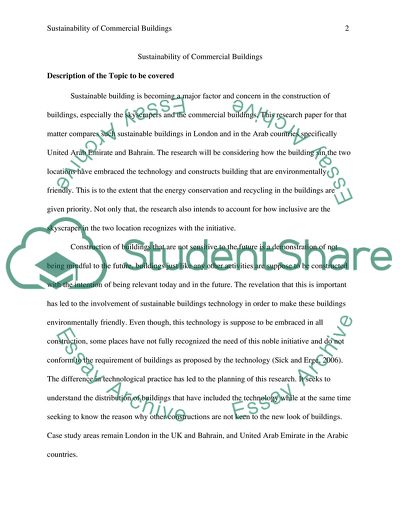Cite this document
(“The Construction of Sustainable Buildings in London and the Arab Research Paper”, n.d.)
The Construction of Sustainable Buildings in London and the Arab Research Paper. Retrieved from https://studentshare.org/engineering-and-construction/1793618-the-construction-of-sustainable-buildings-in-london-and-the-arab-countries-the-need-for-the-green-building
The Construction of Sustainable Buildings in London and the Arab Research Paper. Retrieved from https://studentshare.org/engineering-and-construction/1793618-the-construction-of-sustainable-buildings-in-london-and-the-arab-countries-the-need-for-the-green-building
(The Construction of Sustainable Buildings in London and the Arab Research Paper)
The Construction of Sustainable Buildings in London and the Arab Research Paper. https://studentshare.org/engineering-and-construction/1793618-the-construction-of-sustainable-buildings-in-london-and-the-arab-countries-the-need-for-the-green-building.
The Construction of Sustainable Buildings in London and the Arab Research Paper. https://studentshare.org/engineering-and-construction/1793618-the-construction-of-sustainable-buildings-in-london-and-the-arab-countries-the-need-for-the-green-building.
“The Construction of Sustainable Buildings in London and the Arab Research Paper”, n.d. https://studentshare.org/engineering-and-construction/1793618-the-construction-of-sustainable-buildings-in-london-and-the-arab-countries-the-need-for-the-green-building.


